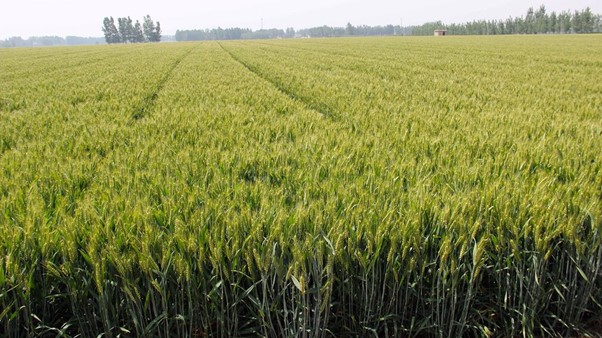Cosmic radiation in plant breeding
Spontaneous mutations arising from exposure to different conditions in the environment are the bases of evolution in all organisms, and the IAEA and FAO, through the Joint FAO/IAEA Centre, have a long history of supporting countries in finding new crop varieties with desirable traits through radiation-induced mutagenesis techniques, improving food and nutrition security and farmers’ income.
Arabidopsis and sorghum seeds were selected for the study because there is already a large bank of genetic knowledge to draw up for analysis and comparison. Arabidopsis has been studied extensively by plant botanists and geneticists, while sorghum is a crop of the semi-arid tropics, a grain that is grown in many developing countries for food.
The Joint FAO/IAEA Centre, based in Vienna, Austria, has been speeding up plant breeding research using radiation to develop new agricultural crop varieties for almost 60 years. In the history of plant agriculture, natural selection or evolution breeding, also called mutation breeding, have been the drivers of crop domestication and plant breeding. They are responsible for the genetic adaptation of plants to their changing environments and lead to the improvement of crops. So far, over 3 400 new varieties of more than 210 plant species have been developed using radiation-induced genetic variation and mutation breeding — including numerous food crops, ornamentals and trees used by farmers in 70 countries.
When the seeds return from space, currently expected in April 2023, they will be germinated and grown in the IAEA greenhouses and laboratories in Seibersdorf, managed by the Joint FAO/IAEA Centre, and examined for DNA structural variations and biological effects. These analyses will help understand whether cosmic radiation and space conditions have a uniquely valuable effect for crop improvement and could potentially benefit people on Earth.

